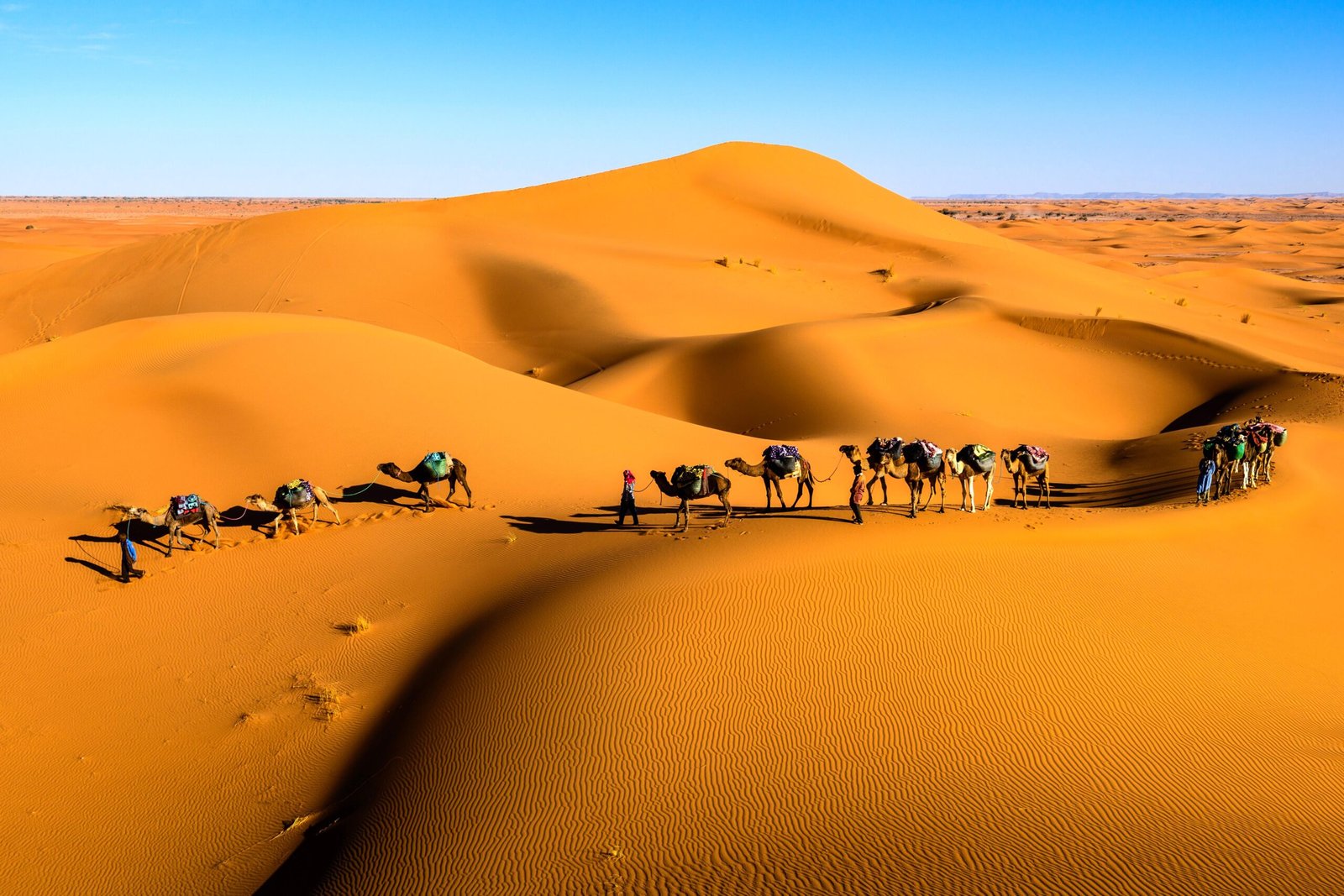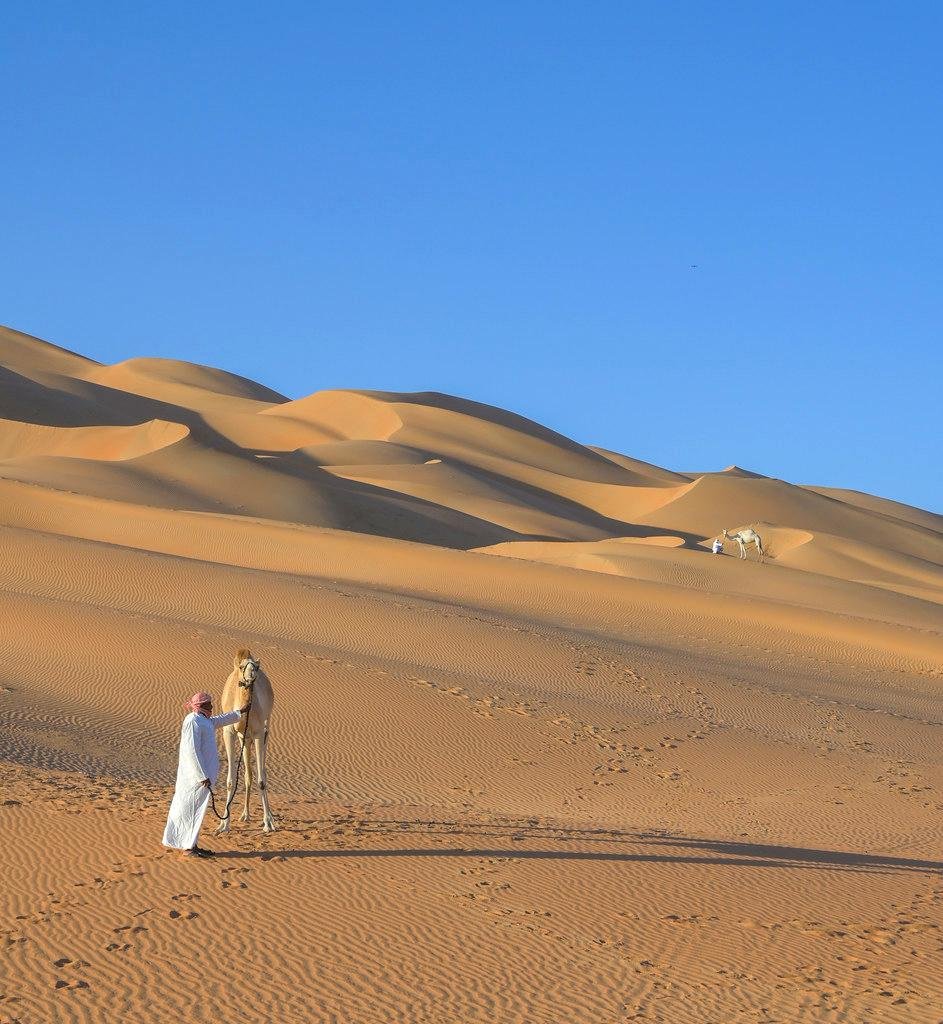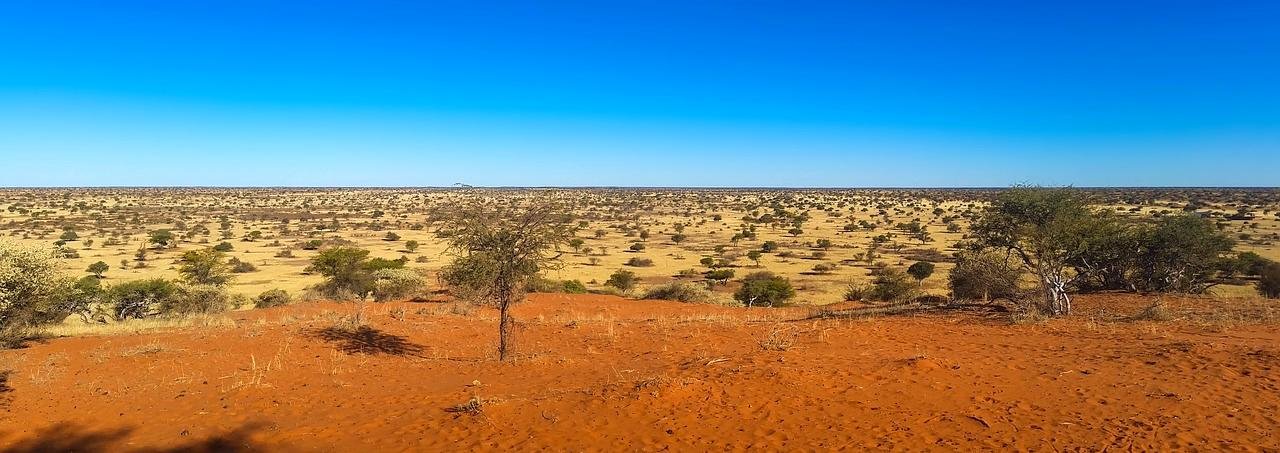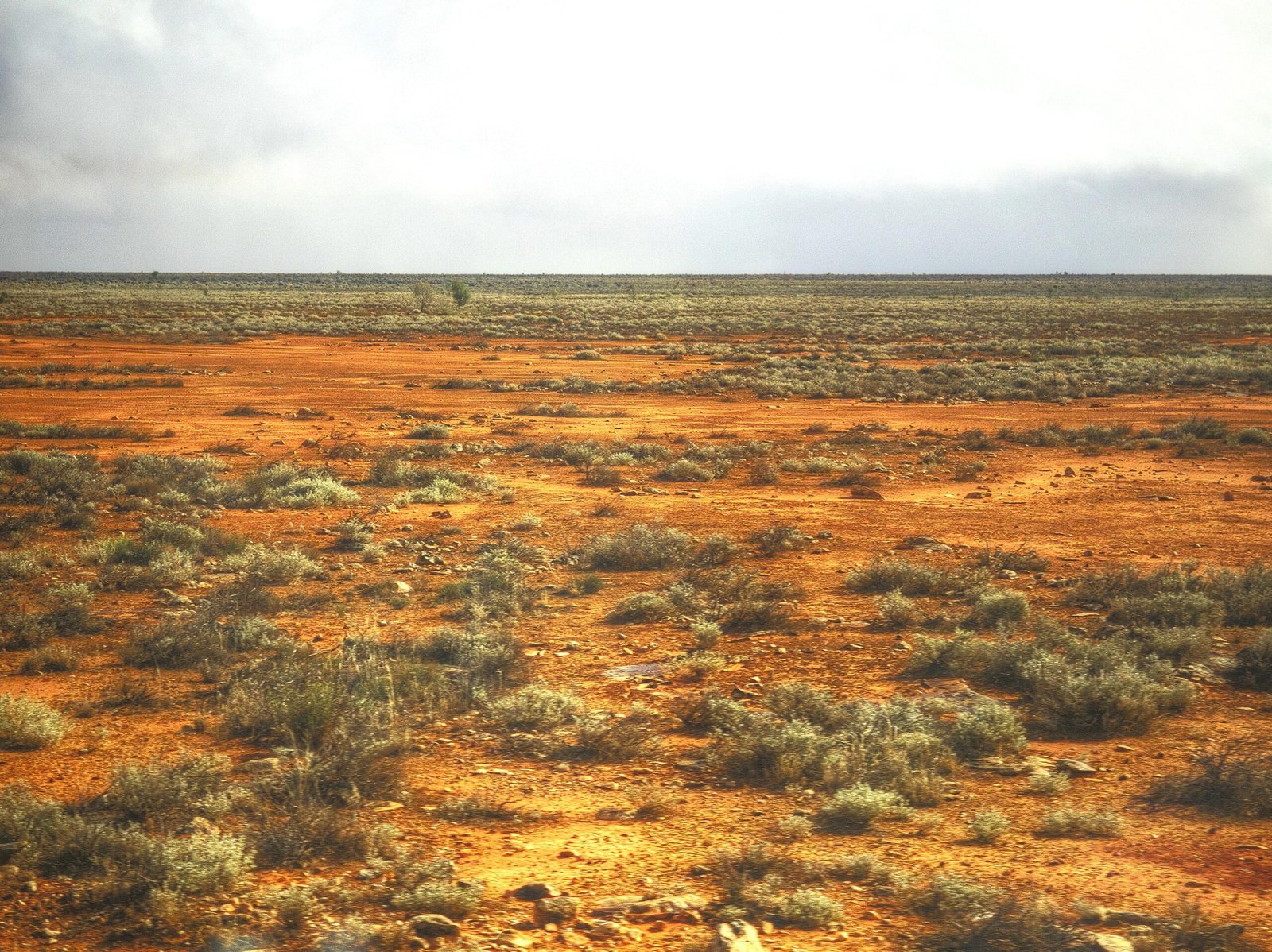The Antarctic Desert: An Icy Expanse

The Antarctic Desert may come as a surprise to many as it doesn’t fit our conventional idea of sand and heat. Instead, it is a vast expanse of ice and snow, covering an area of about 14 million square kilometers. Despite its icy appearance, the Antarctic Desert is actually the driest place on Earth. Yes, that’s right! Some parts see less than 20 millimeters of precipitation each year. Yet, life finds a way even in these harsh conditions. Tiny microorganisms have adapted to survive the biting cold, showcasing nature’s incredible resilience. This desert is proof that appearances can deceive, for underneath its frosty exterior lies a true desert in every sense of the word.
The Arctic Desert: Land of the Midnight Sun
Spanning approximately 13 million square kilometers, the Arctic Desert is another colossal polar desert. It encompasses the Arctic Ocean and its surrounding regions. While most people picture Arctic landscapes as unending fields of white, there’s more to this icy kingdom. Each summer, parts of the Arctic tundra transform into a carpet of colorful wildflowers, a brief splash of color amidst the dominating white. This desert remains frozen for the majority of the year, which makes these fleeting blooms all the more remarkable. It’s a stark, cold place, but in its summer moments, the Arctic Desert tells of a wilderness that’s raw and beautiful in its silent way.
The Sahara Desert: Waves of Sand

The Sahara, covering a grand 9.2 million square kilometers, is what many imagine when they think of a desert. It’s the world’s largest hot desert, bigger than some countries. The sand dunes here can rise towering heights of up to 180 meters, an impressive sight against the backdrop of the vast, open sky. Temperatures can reach a boiling point of over 50°C (122°F), making it a challenging land to traverse. Yet, there are those who call the Sahara home, from Bedouins to unique species of flora and fauna. It is a land of contrast – deadly hot yet generously vast, barren yet mysteriously enchanting.
The Arabian Desert: Rub’ al Khali and Beyond

Situated on the Arabian Peninsula and spanning around 2.33 million square kilometers, the Arabian Desert is another significant hot desert. A defining feature of this desert is the Rub’ al Khali, or the Empty Quarter. It holds the title of the largest continuous sand desert in the world. This sea of sand sprawls as far as the eye can see, challenging both explorers and the wild with its inhospitable terrain. Yet, despite its daunting name and reputation, the Arabian Desert pulses with history, tracing back to ancient trade routes and timeless tales of the desert dwelling Bedouins.
The Gobi Desert: Chilled Wasteland

The Gobi Desert showcases a dichotomy of landscapes as it sprawls across northern China and southern Mongolia, covering about 1.3 million square kilometers. What makes the Gobi stand out is its cold desert status, where winters can be particularly harsh. This desert has a rich historical tapestry, having played a significant role during the era of the Mongol Empire. Despite its forbidding environment, the Gobi Desert harbors life, from Bactrian camels to snow leopards, each species uniquely adapted to withstand the chilled vastness.
The Kalahari Desert: Pulsing with Life

Spanning roughly 930,000 square kilometers, the Kalahari Desert in Southern Africa tells a tale different from its sandy siblings. It’s a semi-arid desert, where life is surprisingly abundant due to seasonal downpours. The landscape, although appearing arid, supports a diverse range of wildlife. Meerkats stand vigil; lions roam the sparse terrain, and several species of antelope graze its grasses. This desert vibrates with bursts of life and shows how adaptability can turn the seemingly harsh into thriving pockets of ecosystems.
The Great Victoria Desert: Australia’s Arid Beauty

Stretching over an area of 647,000 square kilometers, the Great Victoria Desert is Australia’s largest desert, known for its iconic red sand dunes. It is a hot desert climate, yet it holds a unique ecosystem, home to distinctive flora and fauna. Creatures such as the thorny devil lizard call its sands home, thriving against the odds. This desert may not have the expansive size of others on this list, but its striking red sands and the adaptability of its inhabitants create a captivating allure in the land Down Under.
Each of these deserts, from the frigid reaches of the Antarctic to the scorching sands of the Sahara, is a testimony to the incredible diversity of our planet’s ecosystems. They show how distinct environments shape life, pushing the limits of endurance and adaptability.
